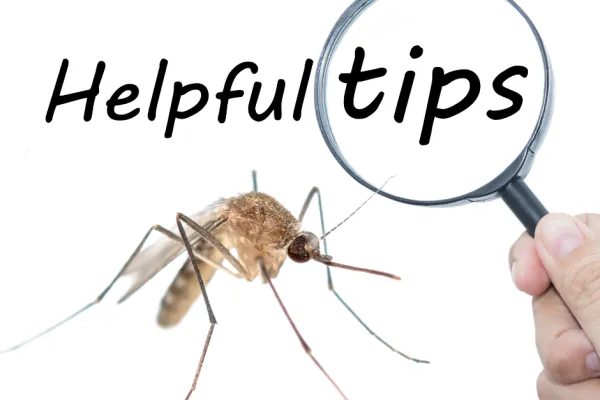Great Golden Digger Wasps

Because of the broad variety of bugs, frogs, lizards, and snakes in Georgia, I have taught myself to watch the ground as I walk. The other day I was walking into a building and like always, I was visually scanning the ground in my path. All of the sudden a wasp-looking insect flew up from a hole in the ground. I have seen these little holes in the ground, but never knew what exactly they were.
I stopped and cautiously watched as this wasp-looking insect diligently made trip after trip down into a hole in the ground and came back out with a small bit of dirt. It was amazing to watch the dirt carried back out of the hole by the insect's legs and under the chin. I was fascinated by the coloring of this insect. The legs looked to be a reddish-orange shade, while the wings looked to have a purple coloring to them, and a black body.
After watching this insect work for quite some time, I decided to do a little research to find out exactly what this insect is. With the coloring on the insect itself and the way it was digging a hole in the ground, it was not hard to figure out that this was a Great Golden Digger Wasp (not to be mistaken for a Cicada Killer Wasp, even though they are related). More specifically, it was a female who was digging a tunnel for her eggs.
Once the female has dug a series of tunnels for her eggs, she then goes hunting for prey that her hatched eggs (larvae) feed on until grown. She paralyzes her prey and then takes it back to her tunnels. But before she will take the prey down into the tunnel, she leaves the paralyzed prey outside of the tunnel and goes into the tunnel to inspect it and make sure all is well. Once she is satisfied with the inspection, she then takes the paralyzed prey down into the tunnel and lays an egg on the prey and then covers the tunnel with dirt. She repeats this process until all eggs are laid.
Great Golden Digger Wasps continue to fascinate! Douglas Hofstadter and Daniel Dennett, two professors of Cognitive Science, created a controlled environment to study the Great Golden Digger Wasp's routines more closely. This study consisted of moving the paralyzed prey a few inches away from the opening of the tunnel while the female is inspecting the tunnel.
By moving the prey just a few inches from where she dropped it, when the wasp surfaced ready to drag the prey in, she found it missing. She then quickly finds the moved prey and at this time is when the Professors believe her "behavioral program resets". This means she drags the prey back to the entrance of the tunnel, drops it, and repeats the tunnel inspection procedure. The wasp never "thinks" of taking the prey direct down into the tunnel, but continually drops it outside until she is done with her tunnel inspection.
Great Golden Digger Wasps are actually quite gentle. They do not defend their nests, they are not aggressive towards humans, and definitely do more good than harm. These wasps typically mind their own business and can be seen flying around looking for flower nectar or in my case, the females can be seen preparing the tunnels in the ground for her eggs. So next time you see one or the entrance to their underground tunnel, stop and observe these amazing insects.



